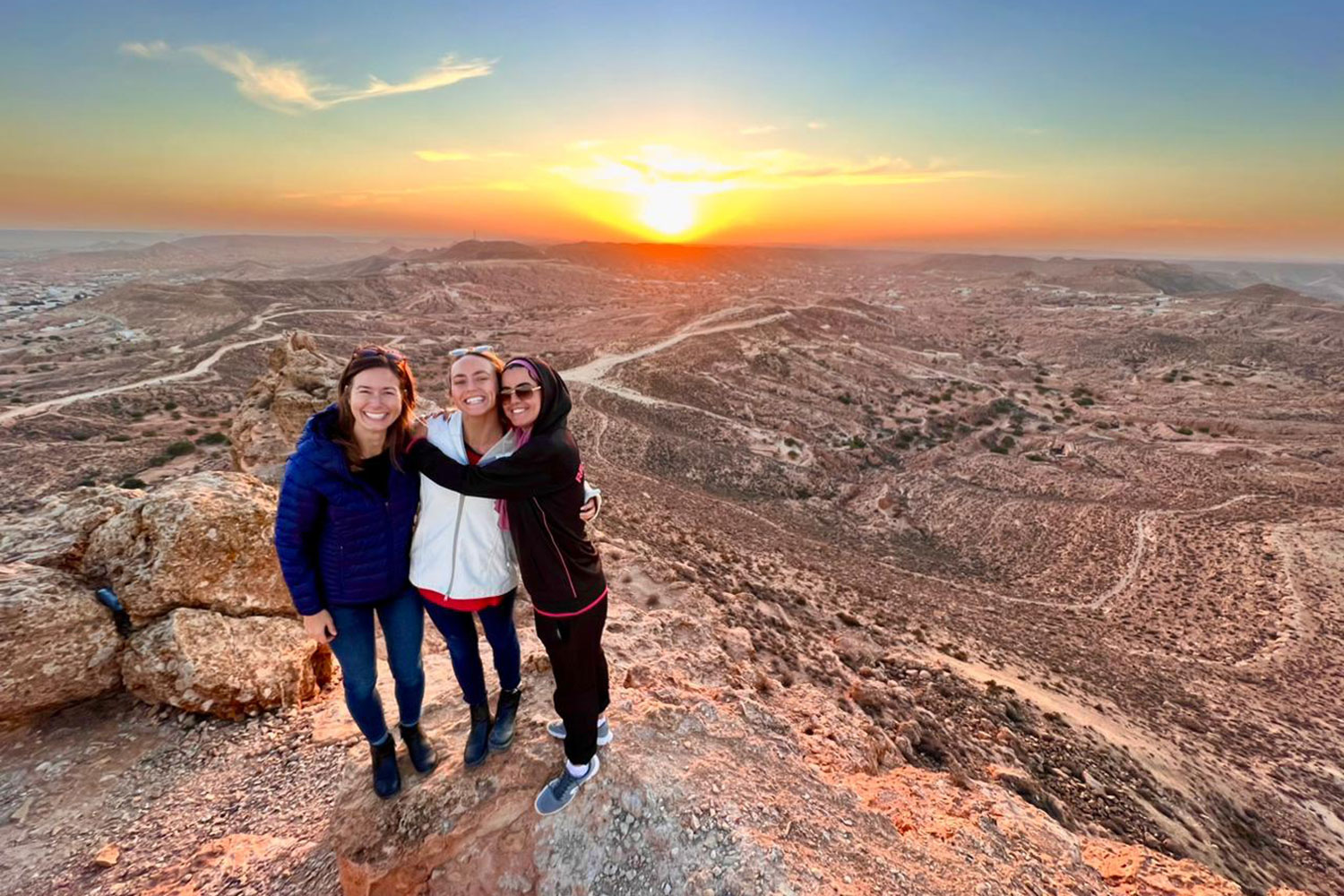In the dynamic landscape of 21st-century tourism, the forces of climate change, social media, and a major post-pandemic travel resurgence are shaping the industry. As such, the significance of storytelling in sustainable destination and tourism marketing has never been greater.
The art of storytelling now stands as a pivotal tool in captivating the hearts and minds of travelers. Every destination harbors a unique narrative, yet not all have mastered the art of narrating it effectively. To craft a compelling marketing campaign for your tourism offerings, one must delve into the profound craft of storytelling marketing.
What is storytelling in sustainable destination and tourism marketing?
At Solimar International, we have elevated storytelling to an art form and a passion. With a global portfolio of projects, we are dedicated to developing, managing, and promoting sustainable tourism destinations.
Our approach transcends conventional content marketing, forging emotional connections that bind audiences to the destination. It involves crafting a narrative that weaves together the destination’s history, culture, and community through engaging anecdotes and stories that resonate with travelers.
A destination rich in compelling stories stands poised to reap the rewards of increased footfall, expenditure, and profitability. The challenge, however, lies in the fact that many Destination Management Organizations (DMOs) excel in content marketing and optimizing the marketing mix. However, they often overlook this deeper connection.
Technical aspects like segmentation and search engine optimization are important, but they work even better when combined with storytelling techniques.
To make a successful tourism content marketing campaign, remember these four essential elements of storytelling skills:
- Creation and maintenance of a consistent narrative and brand.
- Illumination of knowledge that fosters interest, reliability, and relatability to the destination.
- Celebration of distinctiveness and noteworthiness of the destination.
- Brand connection from the heart and engagement through emotion.
Creation and maintenance of a consistent narrative and brand.
A place needs a clear brand and identity that stays consistent across all aspects of marketing. Marketing messages should consistently communicate the destination brand through memorable points of discussion, such as personal or collective stories. These stories promote the destination brand on a deeper level, creating greater engagement, reputation, and conversion.
Sustainable tourism marketing strategy example: Blue Mountains
Earlier this year, I went to my favorite destination, the Blue Mountains, near Sydney, Australia. I admired the local community’s work and Blue Mountains Tourism‘s efforts to establish a consistent story and brand for the area. This brand focused on community and ecotourism despite being impacted by devastating bushfires in 2019-2020.
The storytelling narrative of community strength and grassroots sustainability was integral in the positioning of their tourism branding. For example, local groups collaborated to promote tourism and obtained certification from Ecotourism Australia, Australia’s ecotourism accreditation body.
You can sense their strong connection to the area when you talk to locals or visit local businesses in the mountains. Their passion for the Blue Mountains inspired me to join their cause. Indeed, the destination’s brand reflects the love and care for storytelling through mesmerizing natural, sustainable ecotourism experiences in the region.
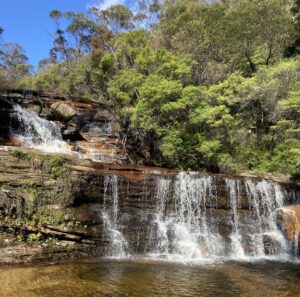
Illumination of knowledge that fosters interest, reliability, and relatability to the destination.
Many of the destinations that Solimar International works with are still in the early stages of building their tourism industries. Many of these destinations are still unknown to most individuals, let alone as a candidate for their next adventure.
Education can clear up misconceptions and can inform people of the opportunities that exist that they may not be aware of. For example, many people are probably unaware of the beautiful destinations within Liberia, such as Libassa Ecolodge.
Good storytelling boosts a destination’s reputation, dependability, and interest in its products and services, opening new opportunities. Storytelling also displays how certain tourism experiences and brands are accessible to everyone, not just select groups of people. Hence, they may feel more likely to have a connection to, and thus purchase a holiday to the destination.
Sustainable tourism marketing strategy example: Liberia
Speaking of Liberia, Solimar International’s Liberia Conservation Works project captivates the importance of sharing knowledge in storytelling. The project involves strategic content creation that educates the public on the beautiful places, cuisines, and activities to do in Liberia.

The project empowers Liberian communities and individuals to share their stories with the world. This will make people trust Liberia as a tourist spot and know about its interesting places. It builds trust and encourages people to add Liberia to their travel experience list and plan a trip to the country.
Celebration of distinctiveness and noteworthiness of the destination.
How often do you open your social media platforms? Do you often see aesthetically pleasing photographs of picturesque scenery or luxury hotels? Are they posted for engagement and popularity? These photos are crucial in any content or influencer marketing campaign, but on the surface, they are very common.
A good storytelling tourism campaign tells stories that highlight what makes a place special compared to others, to create meaningful written and visual content. It will also highlight the destination’s known highlights and idiosyncrasies. You can read a great example here by Thomas Kalchik, another blogger here at Solimar International.
Kalchik’s skillful storytelling beautifully captures the allure of Capurganá, Colombia, elegantly blending vivid descriptions of its unique biodiversity and stunning scenery with the positive impacts of tourism. This narrative sets Capurganá apart as a distinct ecotourism destination, inviting readers to envision an immersive and transformative vacation experience in this hidden gem.
It’s essential to present information in an exciting way, so the audience doesn’t become overwhelmed with a sea of complex information. While there may be a wealth of incredible information about the destination, the overuse of statistics or complicated facts can bore the audience.
Instead, including some of this information in small portions within a story about the place is better for creating memories. It’s also a good idea to explain the unique stories behind photos in more detail to attract the ideal customers. It also gives photographs and destinations depth and life.
Sustainable tourism marketing strategy example: Australian Tourism Data Warehouse
DMOs can use a variety of tools to assist with showcasing the stories of their destination’s distinctiveness and noteworthiness. With destinations having a large variety of attractions and services, there is no better way of doing this than letting tourism communities and businesses tell their own stories.
In Australia, there is a tool called the Australian Tourism Data Warehouse (ATDW). The ATDW is a platform for user-generated content, which plugs into DMO websites. Local tourism operators use it to create a digital marketing profile.
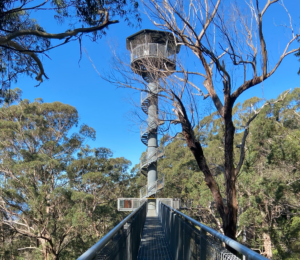
This profile is then posted on DMO websites across the country, including Tourism Australia and other local or state websites. These profiles allow businesses to highlight their points of difference and what makes them special, curating their own content marketing campaign.
Businesses can prioritize storytelling over more time-consuming marketing and branding tasks, to attract tourists with a captivating and persuasive narrative. It also allows tourism businesses to showcase their accreditations, including their Ecotourism Australia certifications, which display their level of sustainability.
Brand connection from the heart and engagement through emotion.
The key to good storytelling in sustainable destination and tourism marketing is the bond created between the storyteller and the audience through the brand’s story. The deeper the connection, the deeper the desire to travel to the destination. One way to do this is to appeal to the audience’s emotions and generate a desire for visitation. One method is to create a content marketing plan that makes your audience feel happy and unable to ignore.
Destinations can do this effectively through the advertising of local cuisine. Food advertisements in tourism content marketing are powerful and reach many audiences because everyone loves food! Food is also a vehicle for local culture, which too strengthens the connection between the audience and the destination.
There are two main ways to engage an audience: through humor and by discussing the enjoyment of a tourism adventure. Another way is to create empathy and connection with people and communities that would benefit from visiting.
Sustainable tourism marketing strategy example: “Stay close, go further.”
Visit Victoria, the tourism organization of my state in Australia launched a successful tourism campaign called “Stay close, go further.” This campaign effectively utilized emotions and created heartfelt connections with its audience.
This campaign happened after a three-month lockdown in 2020 ended. Victorians were tired of staying home and wanted tourism to resume.
The campaign aimed to encourage people from Victoria to explore regional Victoria. It aimed to support local businesses affected by lockdowns, thus promoting social sustainability.

This tourism marketing campaign evoked emotional connection both in generating a desire to travel after an extended period of lockdown, as well as empathy for local businesses that have faced hardship and a desire to help these businesses.
This storytelling campaign was effective as it told the stories of multiple people affected by lockdowns and created a mutually beneficial solution through sustainable tourism. This tourism campaign was very successful and still continues today, promoting local tourism to spread out visitors and lessen environmental effects.
Final Takeaways
In the realm of sustainable tourism marketing, the art of storytelling has become a potent tool for branding strategy and content marketing. Effective tourism marketing transcends mere technical aspects and delves into the craft of storytelling.
Storytelling in sustainable tourism marketing involves creating and maintaining a consistent narrative and brand. Storytelling in sustainable tourism marketing involves creating and maintaining a consistent narrative and brand. This narrative and brand should share knowledge that sparks interest and connection to the destination. It should also celebrate the destination’s uniqueness and build a strong emotional bond with the brand.
Destination marketing case studies from the Blue Mountains and Liberia, and campaigns such as “Stay close, go further” in Victoria, Australia, illustrate the power of storytelling in tourism and strong branding of destinations.
Storytelling is important for successful, sustainable tourism content marketing. It plays a key role in a changing world with climate change, social media, and post-pandemic travel.
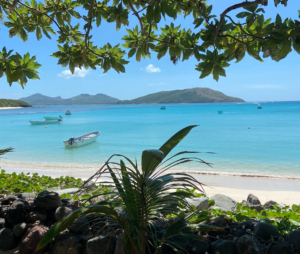
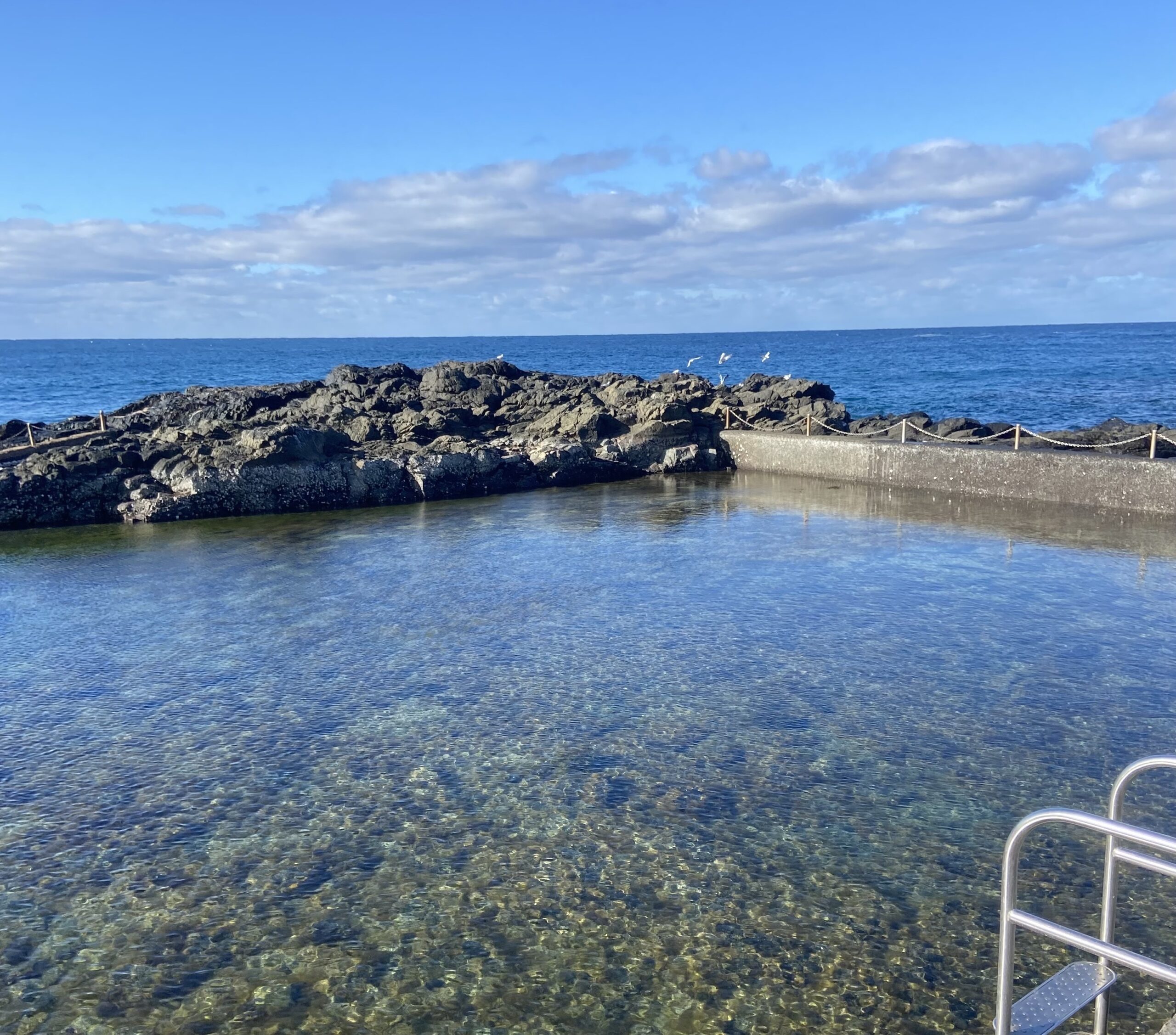

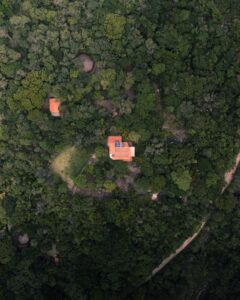

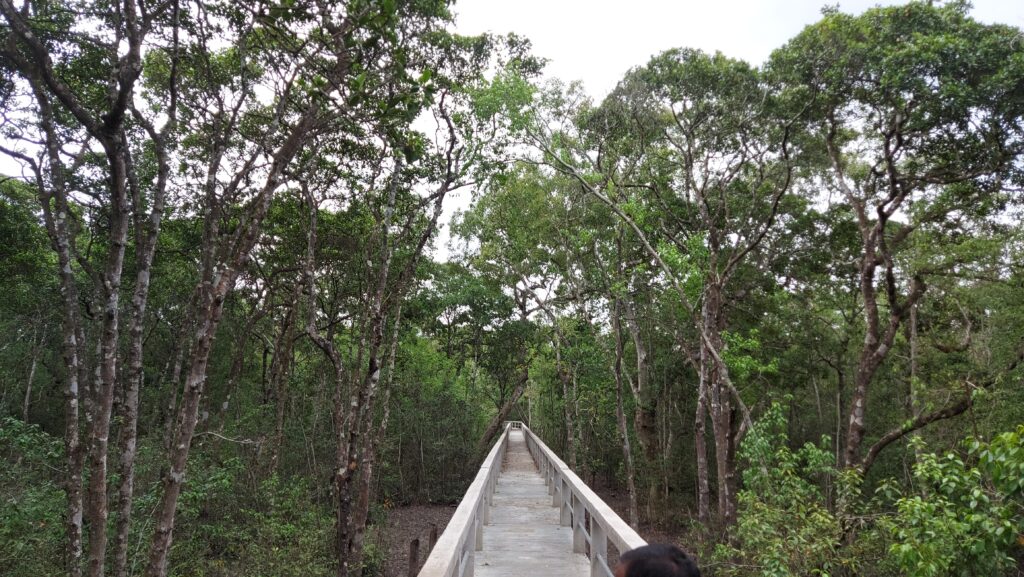


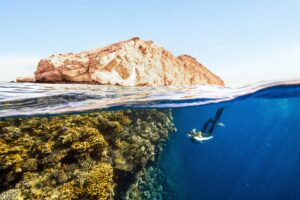
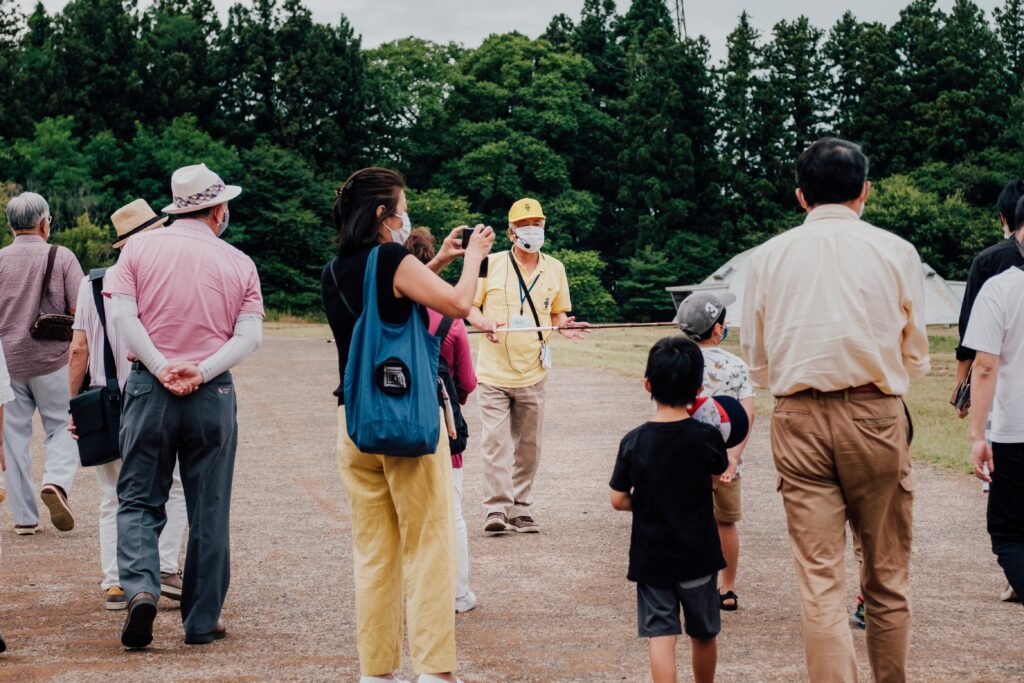
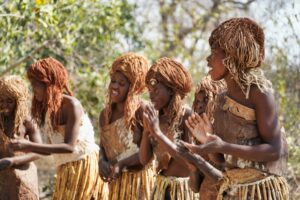
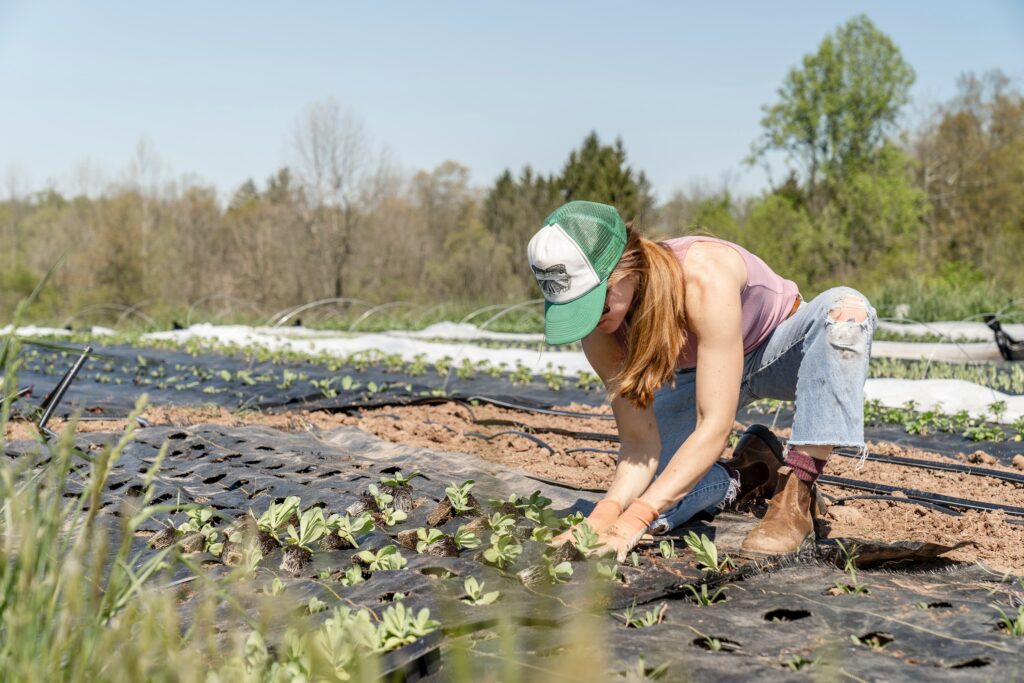

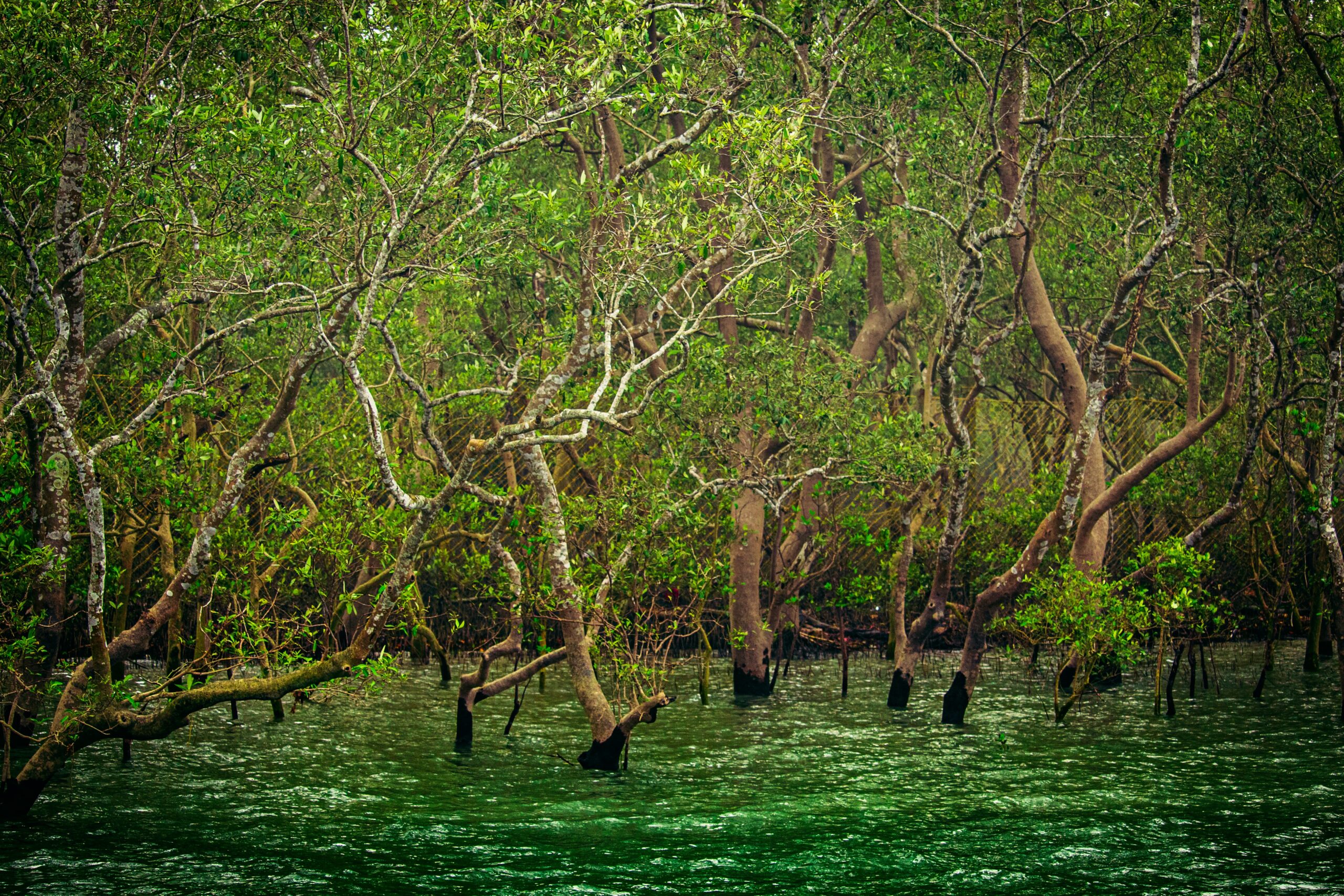
 the world’s largest mangrove forest, and I became hooked on the idea of getting involved in their project. Throughout my course in food security, I developed a fascination with mangroves and how they can support food security in the world’s vulnerable coastal areas. I then got connected with one of Solimar’s project partners, the
the world’s largest mangrove forest, and I became hooked on the idea of getting involved in their project. Throughout my course in food security, I developed a fascination with mangroves and how they can support food security in the world’s vulnerable coastal areas. I then got connected with one of Solimar’s project partners, the 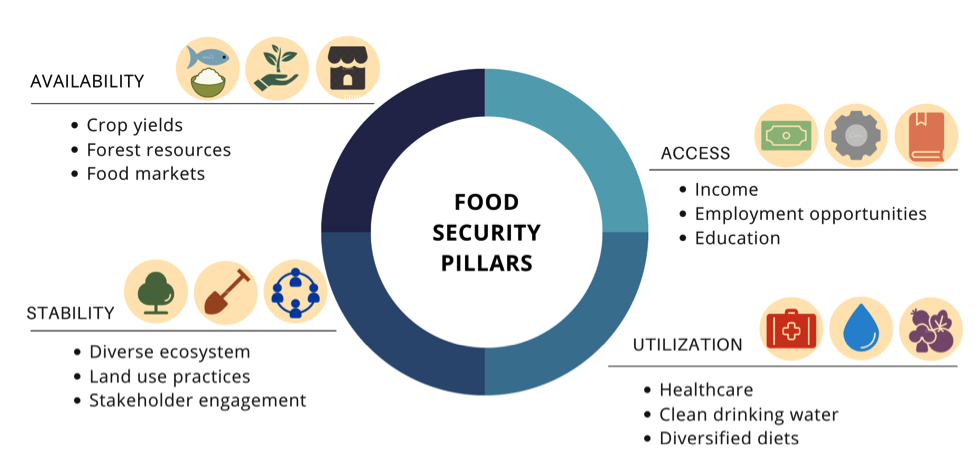
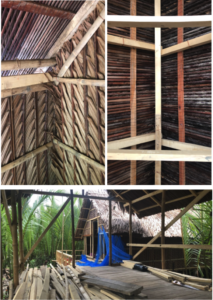
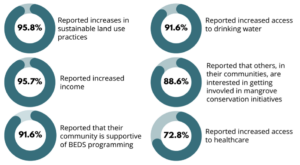
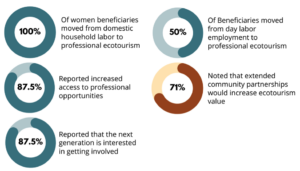
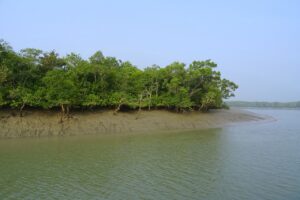 astal part of the country, is certain to increase regional tourist traffic. Unrestricted tourism could be
astal part of the country, is certain to increase regional tourist traffic. Unrestricted tourism could be 